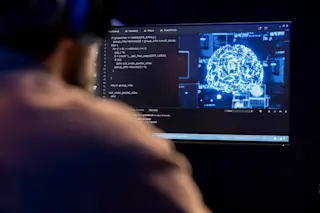Hacking Medical Technology With Legos and Sequins
At MIT's Little Devices Lab, tinkerers are envisioning the future of medical tech in the developing world.
More on Discover
Stay Curious
SubscribeTo The Magazine
Save up to 40% off the cover price when you subscribe to Discover magazine.
Subscribe












